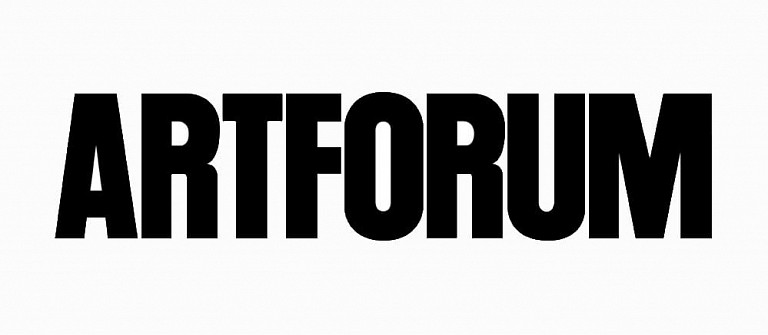
Artforum | Judith Godwin (1930-2021)
June 11, 2021 - Anthony Korner for Artforum
WHEN THE ARTIST Judith Godwin died on May 29 in her ninety-second year, the art world lost the last living member of a generation of women Abstract Expressionists, a group of artists largely overlooked in favor of their male peers. I lost a dear friend.
My connection with Judith came about through our mutual friend Julie Lawson, a London art-world personality and assistant to Sir Roland Penrose, one of the founders of the city’s Institute of Contemporary Arts. Years later, when I was living in New York, Julie introduced me to Judith, who struck me as a delightful and irreverent Southern lady. What I didn’t recognize at first was how strong a character she was under that lighthearted gentility. At the time, she was celebrating her victory in a court case against a restaurant that was encroaching on her Greenwich Village property. There, in her beautifully tended garden, resplendent with plants she had known and loved in Virginia—including fine camellias and an extraordinary Lady Banks climbing rose—Franz Kline and Ruth Kligman’s cat was a constant presence (they lived nearby). Judith said she was in the habit of giving Kligman a sandwich whenever she stopped by to fetch the animal. Judith also said she had learned a great deal from Kline, especially his late works in color.
Judith was born in 1930 in Suffolk, Virginia, into a distinguished family tracing ancestors back to the state’s first colonial settlers. This was a background she mostly rejected, leaving Virginia after graduating from Mary Baldwin College and what is now Virginia Commonwealth University to become an artist.
With the reluctant blessing of her parents, she moved to New York, where she studied at the Art Students League and later with Hans Hoffmann at his School of Fine Arts and struggled to establish herself. In addition to being a dedicated painter, Judith, to earn a living, had to learn carpentry, stonemasonry, plastering, interior decoration, and landscaping. She was always a welcome and helpful guest in my home, walking around, tools in hand, checking fittings and hinges. In her studio on West Thirteenth Street, she stretched her own canvases and made the frames for her paintings, which were stacked in partitions she constructed and installed. Independence, improvisation, and self-reliance were fundamental to her character.
Judith often spoke to me of the opportunities she had missed as a woman in New York’s 1950s and ’60s art world. She never felt welcome at the Cedar Tavern, that fabled AbEx stomping ground. Once, at a gallery opening early in her career, she was abruptly sidelined by Ellsworth Kelly while trying to speak to Betty Parsons. However, in 1957, she was in the inaugural Betty Parsons Section Eleven Gallery show, and a year later in a group show at Stable Gallery. She went on to be represented by Marisa del Re Gallery, Spanierman Gallery, and, most recently, Berry Campbell Gallery. Her powerful gestural abstractions are in many private collections and have been acquired by the nation’s leading contemporary-art museums.
Still, it always rankled her that her paintings weren’t more widely known or appreciated, especially in comparison to those of her male contemporaries. But she gained recognition for her place in the canon in 2016 with the Denver Art Museum’s groundbreaking “Women of Abstract Expressionism,” which highlighted twelve women artists, Judith among them. It pleased her to know that a major reassessment of her work and life had begun—and now it will be ongoing.
Anthony Korner is publisher of Artforum.
Back to News
